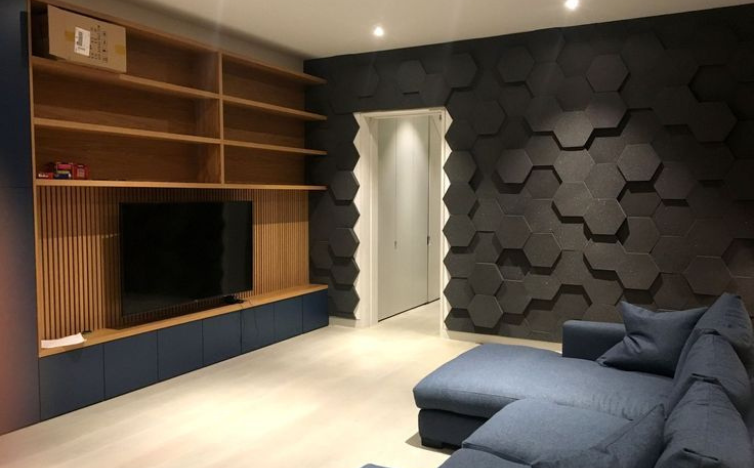Acoustic foam panels are often marketed as a solution for soundproofing and improving room acoustics. But how effective are they? In this article, we’ll explore the real benefits and limitations of it to help you understand whether they’re the right choice for your needs.
What Are Acoustic Foam Panels?
These are lightweight, porous materials designed to absorb sound waves. They are commonly used in recording studios, home theaters, and other spaces where controlling sound quality is essential. The panels are typically installed on walls, ceilings, or other surfaces to reduce echo, reverberation, and overall noise levels within a room.
 How does it Work?
How does it Work?
These work by absorbing sound waves that hit their surface. The foam’s open-cell structure allows sound waves to enter the material, where they are trapped and dissipated as heat. This process reduces the amount of sound that bounces off walls and other surfaces, leading to a decrease in echo and reverberation. However, it’s important to note that acoustic foam panels primarily affect high and mid-frequency sounds, rather than low-frequency bass sounds.
Are Acoustic Foam Panels Effective for Soundproofing?
One common misconception is that , these can be used for soundproofing. While they do reduce echo and reverberation within a room, they are not designed to block sound from entering or leaving a space. Soundproofing requires materials that can block or absorb a wide range of frequencies, including dense barriers like mass-loaded vinyl or specialized drywall. Therefore, while acoustic foam panels can improve the sound quality within a room, they should not be relied upon for soundproofing.
When Should You Use Acoustic Foam Panels?
Acoustic foam panels are most effective when used in environments where controlling sound quality is crucial. For example, they are ideal for recording studios, where clear and accurate sound reproduction is necessary. They can also be beneficial in home theaters, podcasting rooms, and conference rooms to minimize echo and create a more controlled acoustic environment. However, for spaces where noise isolation is the goal, other soundproofing methods should be considered.
Limitations
While these are effective in certain applications, they do have limitations. As mentioned, they are not suitable for blocking low-frequency sounds, which are often the most disruptive. Additionally, their effectiveness diminishes in larger spaces with high ceilings or irregular surfaces. In such cases, additional acoustic treatments, such as bass traps or diffusers, may be needed to achieve the desired results.
Contact Muhammad Shaheen Carpentry at 971 55 219 6236, and discover the transformative science of soundproofing for your space.
Conclusion
It can be a valuable tool for improving the acoustics of a room, particularly in environments where controlling sound quality is important. However, they are not a one-size-fits-all solution and should not be mistaken for soundproofing materials. Understanding their benefits and limitations will help you make an informed decision about whether acoustic foam panels are the right choice for your specific needs.

